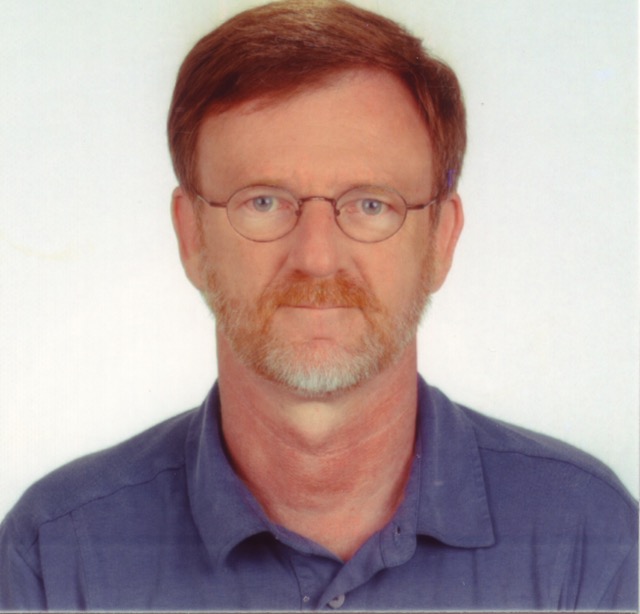Events on March 24, 2017

Ulrich Ruede, Chair for Simulation at the University Erlangen-Nuremberg Presents:
Not Yet At Extreme Scale Simulation
March 24, 2017 at 2:00pm for 1hr
Evans Conference Room, WEB 3780
Warnock Engineering Building, 3rd floor.
Ulrich Ruede heads Chair for Simulation at the University Erlangen-Nuremberg and is the leader of the Parallel Algorithms Team at the Centre Européen de Recherche et de Formation Avancée en Calcul Scientifique (CERFACS) in Toulouse.
He studied Mathematics and Computer Science at Technische Universitaet Muenchen (TUM) and The Florida State University
He has been a visiting Professor at University of Colorado, Boulder and the National University of Singapur. His research interests lie in Computational Science and Engineering with a focus on parallel numerical algorithms and high end computing, in particular computational fluid dynamics, multilevel methods, and software engineering for high performance computing. He is a Fellow of the Society of Industrial and Applied Mathematics.Abstract:
Exploiting future heterogeneous extreme scale computers to their full capability will require
innovation on many levels:
New algorithmic paradigms must address unprecedented
levels of concurrency and we must employ more asynchronous execution.
This talk will report on work for simulating complex flows based on the lattice Boltzmann
method (LBM) and on using parallel multigrid methods. A special focus will be on
coupled problems as they arise in geophysics and in the direct numerical simulation of suspensions,
where the fluid-structure-interaction between the hydrodynamics and large ensembles
of geometrically resolved particles must be modeled and simulated.
Validation, scalability, and performance results will be presented.
Posted by: Deb Zemek




